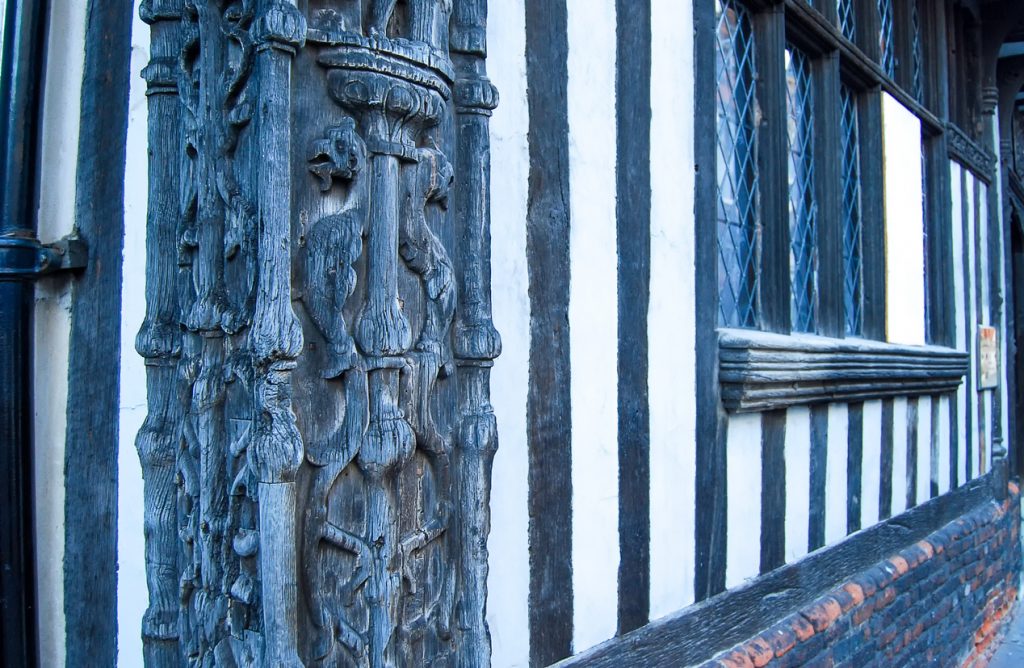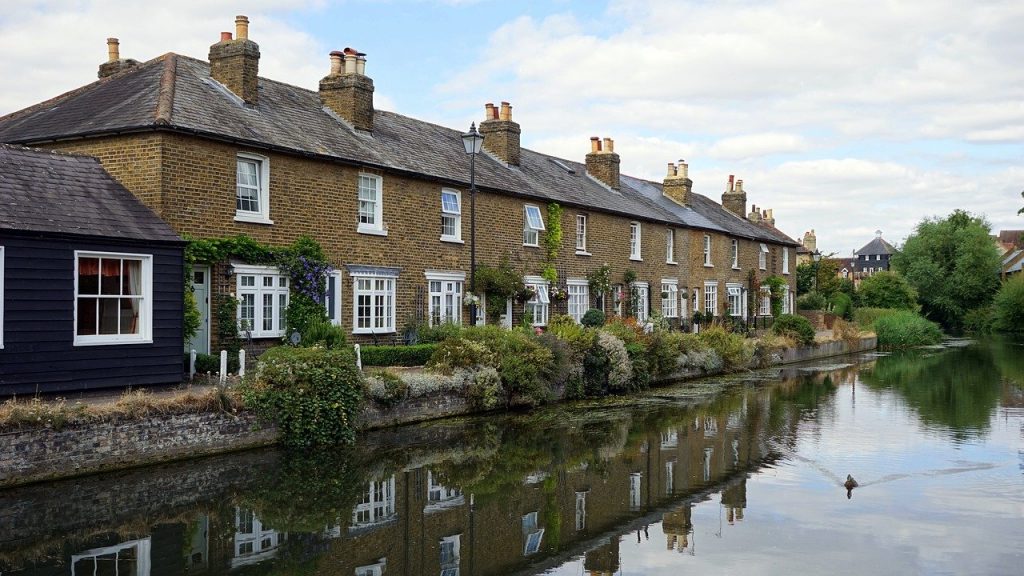
Listed residential buildings have special historical value, so they need special insurance to ensure their value is maintained should a disaster of some kind occur. The type of listing dictates the extent and cost of cover required to rebuild, restore, and renovate the building. Therefore, it’s essential for insurance providers to know what grade your listed building is, as well as the current value and condition of the building, so that they can provide the right cover for your building’s unique needs.
Remember that home insurance must cover the cost to rebuild and not the market value. This is important at the best of times but it is especially important when listed property is concerned because you are legally required to rebuild using the original (traditional) materials and methods. If you are only insured for the market value you will be considerably out of pocket as traditional materials and methods are often very expensive and require specialist knowledge to use correctly.
Let’s look at the different building grades and levels of insurance required.
Not listed: The vast majority of residential homes are not listed buildings. Regular home insurance (buildings and content) will suffice. However, it’s impossible for every single heritage site to be assessed and listed. If you think that your home has the potential to be listed, you can hop onto Historic England’s website to see if it meets the criteria required.
In addition, if your home has the potential to be listed, it’s a good idea to periodically check Heritage Gateway because unlisted homes can be added, and listed homes removed from the Heritage list. Any changes to the designation of your home will affect your insurance policy, so the few minutes it takes to run your building through the search engine are well worth it.
Grade categories
It’s important to know that the manner in which buildings are listed vary across the UK. England and Wales use the same designations, but Scotland and Northern Ireland use separate categories. We’ll look at each in turn.
- England and Wales
Grade 1 listed buildings: Exceptional interest. It’s estimated that only 2.5% of buildings on the Heritage list are Grade 1 listings. These are typically very old buildings constructed from a material that is no longer easily available. As a result, they cost a fortune to restore and need very specialised insurance packages.
Very, very few Grade 1 buildings are used for residential purposes.
Grade 2* listed buildings: Important – extra-special interest. It’s estimated that only 5.8% of buildings on the Heritage list are Grade 2*. They’re typically not as old as Grade 1 buildings, but they can be made of rare or special materials which drive up restoration and repair costs. Insurance still needs to be specialised with difficulties unique to Grade 2* in mind.
Not many Grade 2* buildings are suitable for residential use.
Grade 2 listed buildings: Special interest. It’s estimated that 91.7% of buildings on the Heritage list are Grade 2. Residential homes are likely to be Grade 2 listed buildings. Special considerations still need to be taken into account when it comes to insurance cover, but it won’t be as expensive as the other two grades and won’t need specialisation to the same degree as the other two grades.
- Scotland
Category A listed buildings: Exceptional interest with significant national and international architectural and historic value. They are similar to Grade 1 and Grade 2* listed buildings in that they tend not to be residential homes, and they have extremely specialised insurance needs.
Category B listed buildings: Regional importance. Approximately midway between Grade 2 and Grade 2* listed buildings. They may be residential with a degree of specialisation required from insurance products.
Category C(S) listed buildings: Local importance. Similar to Grade 2 listed buildings in that they tend to be residential and their insurance needs are closest to traditional home insurance packages.
- Northern Ireland
Grade A listed buildings: Significant architectural importance as they represent a particular period in history. They are not often residential and require insurance from providers that specialise in listed buildings.
Grade B+ listed buildings: They almost reach the criteria of Grade A buildings, but an impairment of some kind ensures they fall just short. Grade B Plus listed buildings are not often residential and have similar insurance needs as Grade A listings.
Grade B1 listed buildings: A good example of a particular period in history but not nearly to the degree of Grade A buildings. They can be residential with moderate specialisation in insurance required.
Grade B2 listed buildings: They only tick a few boxes on the Heritage list of criteria. They are often residential homes, with moderate insurance needs.
The direct impact of age and grading on home insurance policies
The age of a building is one of the biggest deciding factors when it comes to listing. It is also one of the biggest factors when it comes to determining the level of insurance needed.
Buildings that are centuries old are constructed of materials that are completely different to modern building materials. They are tricky to obtain and only a handful of people (genuine craftsmen) have the knowledge and expertise necessary to use them correctly.
The restrictions on the restoration and repair of Grade 1 listed buildings dictate that you must use the original materials and construction methods of the time. As a result, restoration and repairs are extremely expensive; this increases your insurer’s costs, which naturally increase your premiums.
Note: The restrictions aren’t necessarily preservation orders. Often, it’s the exterior of the building that is protected. As long as the exterior of a listed building retains original features and materials, you can alter or modernise the interior to suit your needs.








